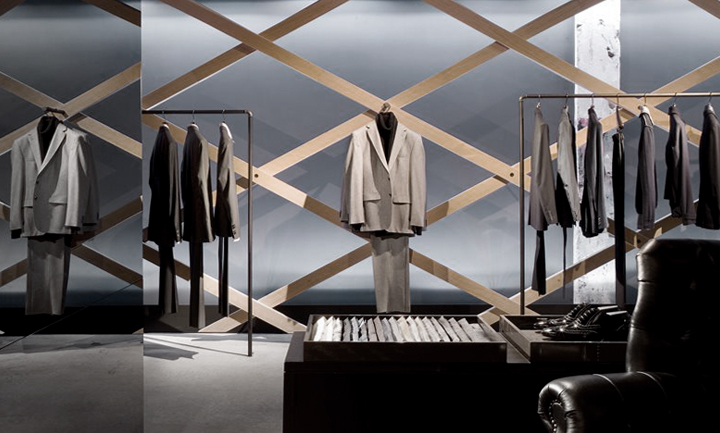For a long time, the mall was the go-to for shopping. Massive, full of spectacle, and plenty of opportunity to purchase, the mall served as our primary understanding of a shopping experience.
We might make a day of it and go in with no plans but come out with bags from five different stores. Or, we might go into one store for a specific item, and end up meandering through the maze of brands, snagging things here and there (including a snack or two). The mall served as an escape from reality, but one that maybe proved too dizzying.
Then came the age of the internet, which completely changed many facets of our lives. For retail in particular, a few things started to shape how the industry would change. One was convenience. Suddenly, with the burst of ecommerce and on demand delivery options, customers could shop with the click of a button – bypassing all of the real time, effort, and energy of visiting a mall. Brands had to adapt with the changes, and those who didn’t change with the times would get left behind. As more consumers turned on their computers to shop instead of set foot in the mall, stores were seeing less foot traffic and therefore less sales. In fact by the end of 2017 after 7,000 stores had closed, strategists claimed it could be a retail apocalypse, following the falls and bankruptcies of once dominant retail brands, and malls left empty.
Recently though, the trend has taken a turn, and we’re learning that we do in fact still love a good shop-and-stroll. We’re hungry for discovery, but not solely through our phones; in fact, it’s the merging of online and IRL that seem to speak most clearly to us in this day and age. We can still visit the mall, but we might already be drawn to experience a brand’s space because we’ve already connected with them online. In that way, the retail space can act as a hotbed for consumers to truly experience (and trial, discover, and take in) a brand as a whole, not just specific products.
Consumers are increasingly informed and demanding more. They’re in tune with what they want, and buy from brands they trust. They are drawn to brands that align with their morals and ideals, and brands they feel inspired by. This means people might be more selective, but that can create stronger communities around brands. With the rise in organic advertising and personalized recommendations, consumers feel more confident to move forward with a product because there’s simply more thought and research driving forward decision making. Niche brands can capitalize on this and create a commodity, which helps draw in a specific audience – one that feels connected to the brand in an authentic way.
Direct to consumer brands exploded in the past couple years, finding a way to cut through the noise and let their product shine. Now, they’re looking to reframe the retail model as they grow. The new retail model includes consideration of the five senses, of innovation and inspiration. People want experience. They desire authenticity, to build memories, to form connections, and simply to feel good. Creating a space that breathes life into your brand and offers interactive exchange with consumers is a key way to do this, and engage your audience.
Brands like Koio, John Hardy and Hugo Boss have taken this next step forward in reinventing the retail wheel. Novel brands should know that a signature scent deepens the level of sensory experience, taps into emotion and memory, and creates a unique advantage. A pop up event with a subtle scent might draw in those curious to discover and learn more, while a signature scent can become part of a brand’s sensory identity, built into both physical spaces and physical products, like custom branded candles.
The new retail space offers a chance to give consumers a true taste of the essence of who you are as a brand. Scent can help achieve this in a way that no other design element can alone, and deliver a truly supreme shopping experience.
